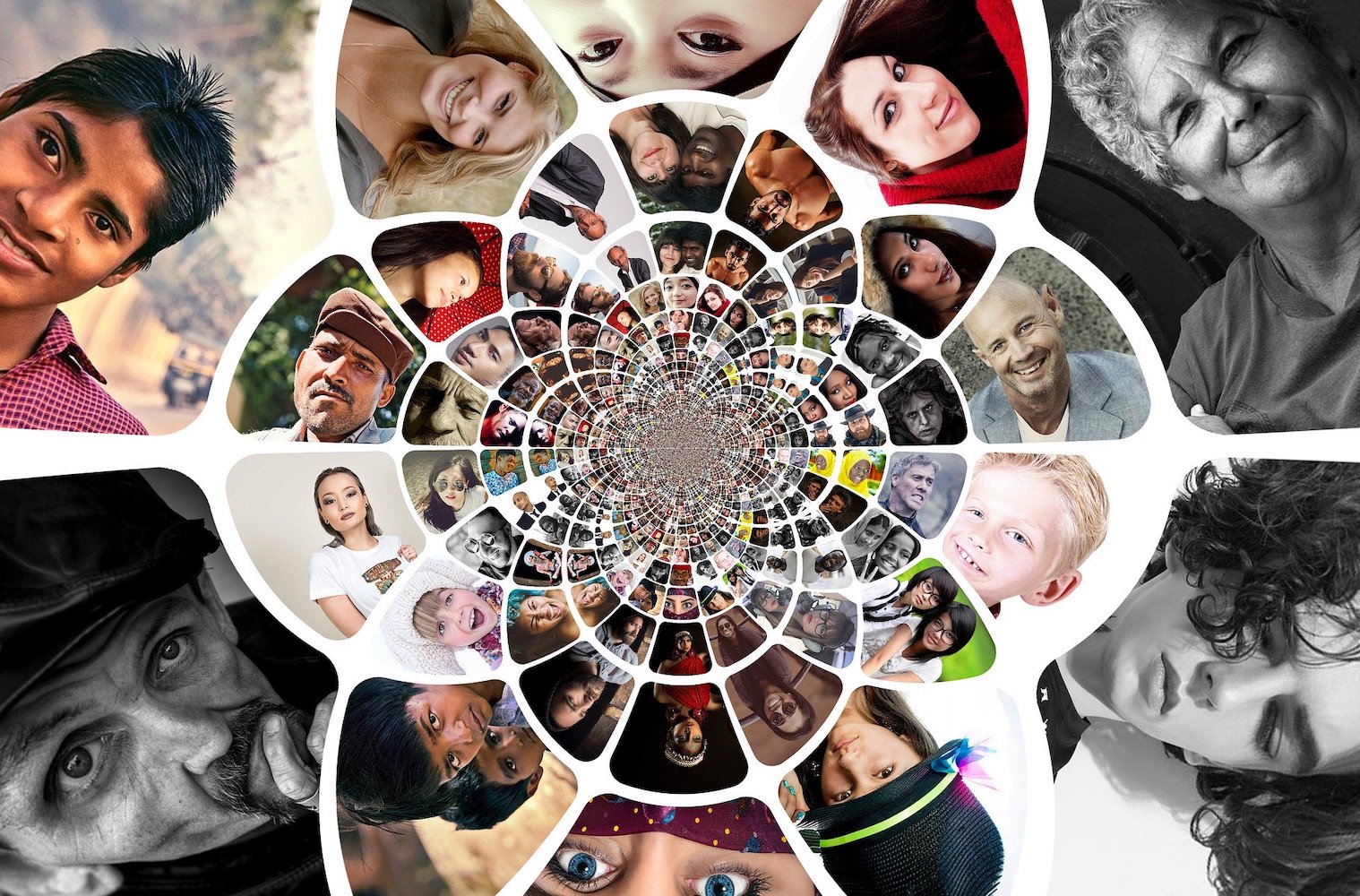By Nick Osborne and originally published at Evolving Organisation
This is the first in a series of 7 articles that delve deeper into the Introduction of ‘Seven Stages of Self – Organisation outlined by Nick Osborne’ and re-published by Enlivening Edge Magazine.

Letting Go of the Management Hierarchy
In the mid-1990’s, it dawned on me that the conventional way of running organisations was no longer an option for me. I started to experiment with alternatives, introducing new ways to run meetings, make decisions, set ground rules, resolve conflict, and give and receive feedback.
Some of these are outlined in this free preview video of this online Introduction to Conscious Collaboration & Self-Organisation course. Nowadays these would be called ‘Teal processes’, but at the time Teal was just a funky colour to paint your walls.
A New Story: Management is Replaced with Collaboration and Equality
I became aware of a key distinction, between:
- running organisations with a conventional management hierarchy, and
- running organisations in these new, more collaborative ways (later called Self-Organisation and eventually Teal).
If the first method was soul-stifling and rigid, wasn’t the second method the answer? I set out to work in ways where people were free to lead together, where all perspectives were weighted equally, and where work relationships were rooted in trust and collaboration.
The story people often tell each other about this stage is that ‘power-over’ relationships go away—a manager no longer has power over their employees, and no one person can tell others what to do and how to do it, force bad decisions on others, hire and fire at will, and/or set salary levels with little or no upward accountability.
The story says that, instead, we are free of those dominating relationships where one person has power over another. We are more equal now without that hierarchy! We can work together on a more level playing field. We are all grown-ups who trust each other and want to be collaborative, and we’re sure we can figure things out together as we go along.
I’ve seen this approach in a lot of organisations, both those wanting to shift from hierarchy towards greater collaboration and those being designed from the ground up with an alternative model. After much research and experimentation, I ended up delivering Conscious Collaboration training in order to bring self-organisation forward. I experienced mixed results.

In some cases, people wanting to work more collaboratively were happy to invest extra time in shared decision-making power (i.e. by consensus). If they could tolerate the ambiguity around who did what, this was sometimes sufficient—and as long as there were no significant differences of opinion or any shadow/informal power structure, then everything might be fine—right?
A New Obstacle: Ambiguous Power
I discovered that psychological safety is undermined if, after moving away from a formal management hierarchy, people neglect to replace it with an alternative authority structure. Power and decision-making authority become unclear, ambiguous, and unaccountable, creating the conditions for confusion and conflict.
Layered on top of that, people experience stress when there are no clear or safe ways to talk about this lack of authority structure or the inevitable shadow/informal power structure that emerges to take the place of a traditional hierarchy.
Unaccountable power in an informal structure can look like someone who used to hold a management position acting from habit; like founders, owners, or officers assuming leadership without clarity; like dominant personalities holding more decision-making power than submissive ones.
One might ask, “what does someone have to lose here by speaking truth to power?” Sometimes, the answer is “a lot.”
Unaccountable power in an informal structure can be very hard to speak about. When I do find ways to speak about it, I might risk embarrassment and humiliation. If I say something that’s uncomfortable for power-holders to hear, my status and even my membership in the group can be threatened.
This early form of loosely structured, informal self-organisation can involve a tremendous amount of “invisible work”—living in confusion, sorting out assumptions, processing difficult feelings, and soothing conflict.
It took several years for me to realize just what a significant investment of time and energy I was making in all this extra work. This wasn’t a condemnation of the people involved—in fact, these were people with noble values, who valued one another and who expected to have a voice, to be heard, and to resolve matters for the good of all.
What’s Missing: Clarity, Accountability, and Defined Power
What I was experiencing was not sustainable, and I realised that clarity about things like decision-making authority, efficiency, accountability around who does what, and organisational agility were missing and much needed.
Seeking out and developing more structured and organised ways of working, I started making up custom approaches to self-organisation like the ones Laloux describes in Reinventing organisations and researching Self-Organising Systems like Holacracy, Sociocracy, (S3 hadn’t yet been created) and the Viable Systems Model. In Holacracy, I immediately recognised some of my own innovations and experiments in a far more systematic, complete, and mature form.
The next article here about Stage 2 looks at “Clarifying Who does What”
Republished with permission.
Featured Image added by Enlivening Edge Magazine. Image by Gerd Altmann from Pixabay





Fantastic article. This really clarifies the fears of self-organization for me. People often cite “Lord of the Flies” as the downside of self-organization. This article unpacks that fear and helped me see what structures could help avoid it.
If only in the 1990s you’d read that classic from 1970s feminist organizing, “The Tyranny of Structurelessness” by Jo Freeman, you wouldn’t have been at all surprised at the problems resulting from lack of Clarity, Accountability, and Defined Power.
Who is doing what? requires intense clarification, mainly focused on the agendas and motivations of the powers stepping up. Small organic tribes such as the FaceBook zoomers who get to deepdives each other are pushing talent forward from a diverse field of thinkers with a talent in agile mindfulness. I will add a blog page soon to our links plus page at p2tp-VaiScope.net.